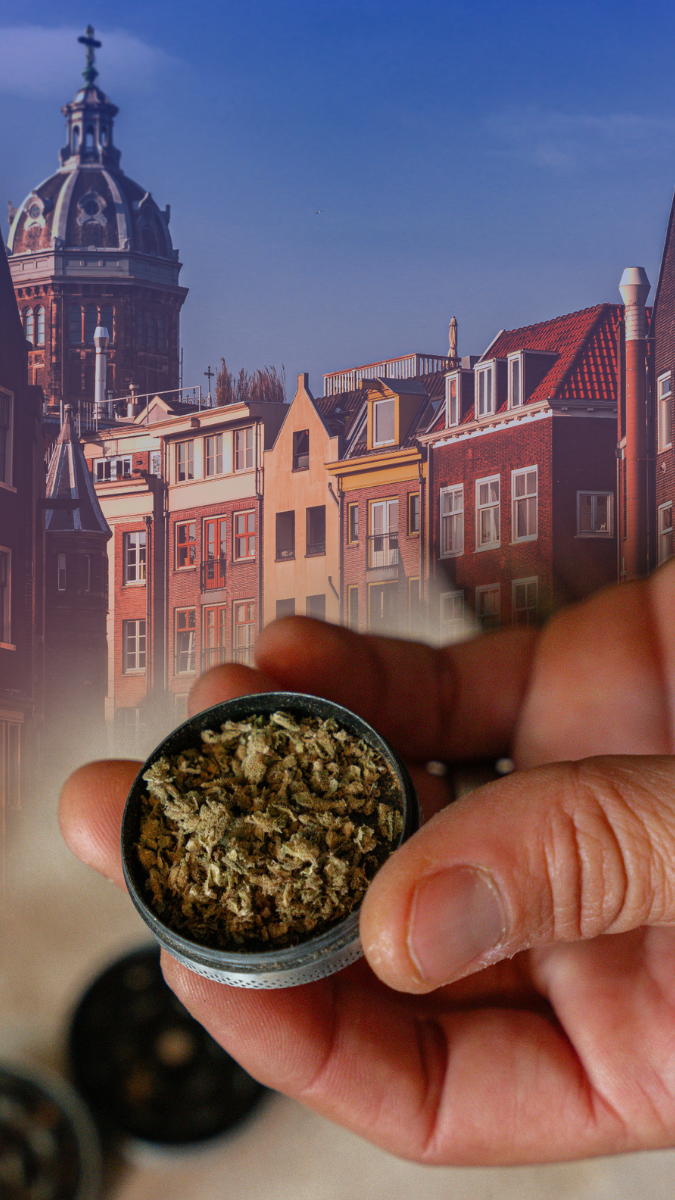Led Lighting Helps Brighten Cultivators’ Financial Statements
- Power savings: often a 47% drop in electricity.
- Reduced replacement costs over time: although LED lights are 20% to 150% more expensive than HID lights, they typically last 10 years, versus the 18 months longevity of the HID systems. Bulbs and reflectors are replaced every 6-12 months to maintain light levels.
- Reduced cooling costs: LED systems provide a gentler, more even heat, which is easier on plants and which requires less air conditioning costs.2
- Equal to or greater yields than HID systems
- https://blog.tsrgrow.com/the-
cultivators-guide-to- controlling-energy-costs - https://nextbigcrop.com/blog/
hid-lights-vs-led-lights/ - https://www.tsrgrow.com/led-
grow-light-rebates - https://www.irs.gov/pub/irs-
utl/irc-179d-energy-efficient. pdf, pgs. 5, 8-9 - https://capitalreviewgroup.
com/3-key-tax-savings- opportunities-for-cannabis- companies/
About The Author
Abraham Finberg
Managing Partner
Abraham Finberg MBA, CPA, managing partner at AB FinWright, has been a leader in the cannabis sphere since 2009, counseling clients in all phases of business advisory and tax, from start-up through M&A and IPO.
About The Author
Rachel Wright
Managing Partner
Rachel Wright, MST, CPA, managing partner at AB FinWright, specializes in cannabis accounting and taxation for multi-state and multinational entities, advising clients on everything from internal controls to the bottom-line implications of mixed local, state, federal and international statutes of taxation.
For all your taxation challenges in cannabis, feel free to reach out to me or any of the other team members at 420CPA and share with us your business challenges. We have been helping cannabis companies since 2009.




































